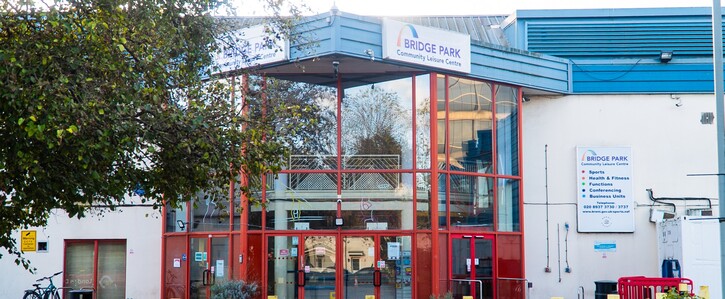1,000 signatures reached
To: Historic England & Lisa Nandy (Secretary of State for Culture, Media and Sport)
Support for Bridge Park Listing Application Ref: 1493686

We are calling on Historic England and the Secretary of State for Culture, Media and Sport to grant listed status to Bridge Park Community Centre (Application Ref: 1493686) to protect its historic and architectural significance and ensure its legacy is preserved for future generations.
Why is this important?
Bridge Park isn’t just part of Brent’s story—it’s part of Britain’s.
We, the undersigned residents and supporters of North West London, write to express our collective support for the listing of Bridge Park Community Centre (formerly Stonebridge Bus Depot) as a site of national historic and architectural significance.
Bridge Park is far more than a building. It is a powerful living testament to what can be achieved when communities are given the freedom to lead, build, and transform the environment around them. Born out of the Harlesden People’s Community Council (HPCC) in the early 1980s, Bridge Park is Europe’s largest Black-led community enterprise centre, developed in direct response to the 1981 uprisings. At a time of intense racial tension, poverty, and social unrest, a group of young Black Londoners took ownership of a disused bus garage and turned it into a centre for training, sports, cultural activity, and childcare—a model of hope and healing when it was most needed.
- Historic Significance
Bridge Park was a radical, community-led response to structural inequality. It reflects the lived experience of marginalised urban youth and the strength of grassroots leadership. The project stands as a rare example of sustained Black civic enterprise and self-determination, directly recognised by the (then) Prince of Wales in 1988, who called it “one of the most important developments I have seen in this country for a long time.”
It offers a vital counternarrative to the dominant histories of decline and disorder. It shows a people-led vision of Britain’s urban and multicultural future. - Architectural Significance
Bridge Park is a pioneering example of adaptive reuse. A former bus depot reimagined by local people into a multi-purpose civic space. Its design directly reflects the values and needs of the community that shaped it. It is a monument to democratic architecture—where vision was born from lived experience, and the building’s function served real social purpose. - Inclusion, Diversity, and Equality
Listing Bridge Park would demonstrate Historic England’s commitment to its Strategy for Inclusion, Diversity, and Equality, especially Action 2: recognising more representative and diverse heritage. It would protect not just bricks and mortar, but the memory of a movement that redefined public space, ownership, and community agency—especially for those too often excluded from the official record. - A Call to Honour Our Shared Heritage
Bridge Park’s story is not only Black history or Brent history—it is British history. A national story of resilience, creativity, and pride. To deny its listing would be to erase a critical chapter in the story of modern Britain. To grant it would be a courageous act of historical justice.
We respectfully call on Historic England and the Secretary of State to:
- Grant listed status to Bridge Park under application reference 1493686;
- Recognise its special historic and architectural interest;
- Acknowledge its critical role in shaping inclusive national heritage.
Bridge Park must be protected—not just for what it is, but for everything it represents.

